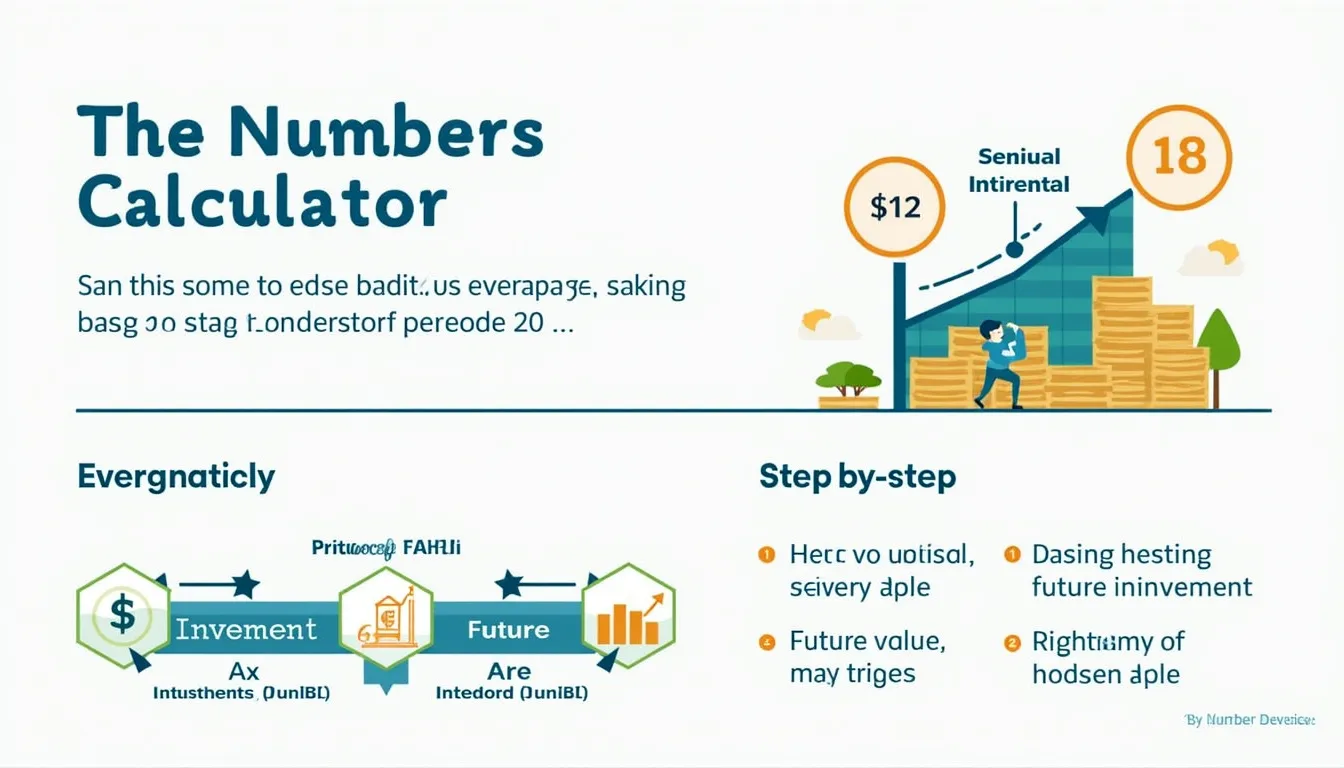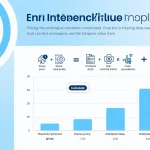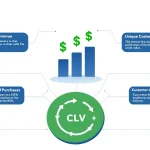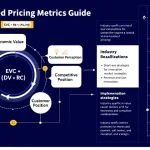Number of Periods Calculator
Is this tool helpful?
How to use the tool
Follow these four steps to discover how long your money needs to grow:
- Future Value (FV) – type the amount you want to reach. Example entries: 25 000 or 60 000.
- Present Value (PV) – enter today’s balance. Try 5 000 or 12 000.
- Rate per Period (%) – supply the expected return, e.g. 7 or 0.5 (monthly).
- Calculate – the result shows the number of identical periods needed.
Formula used
The calculator applies compound-interest math:
$$n = rac{\log\!\left( \frac{FV}{PV} \right)}{\log\!(1 + r)}$$
- n = periods
- r = rate per period (decimal)
Worked examples
- Example A—Annual compounding
PV = 5 000, FV = 25 000, r = 0.07 $$n = rac{\log(5)}{\log(1.07)} \approx 23.78 \text{years}$$ - Example B—Monthly compounding
PV = 12 000, FV = 20 000, r = 0.005 $$n = rac{\log(1.6667)}{\log(1.005)} \approx 102.5 \text{months} \;(\approx 8.5 years)$$
Quick-Facts
- A 10 % average long-term U.S. stock return is widely cited (Morningstar, 2023).
- Rule of 72 estimates doubling time: 72 / rate ≈ periods (Investopedia, 2023).
- SEC defines compound interest as “interest on interest” (SEC Investor.gov).
- Average U.S. savings rate 0.46 % APY in 2023 (FDIC Chartbook, 2023).
FAQ
What does the calculator do?
It returns the exact number of compounding periods needed for your present sum to reach a chosen future value.
How should I choose the rate per period?
Match the rate to the compounding frequency—annual return for yearly periods, monthly rate for monthly periods (SEC Investor.gov).
Does the tool assume compound interest?
Yes. “Compound interest is interest on interest—it makes your money grow faster” (SEC Investor.gov).
What counts as a period?
A period is any consistent interval—year, quarter, month—over which the rate applies (CFA Institute, 2022).
Can I include additional deposits?
No; the formula assumes a single lump sum. Use a future-value-with-payments calculator for recurring contributions.
Why is the result fractional?
The math returns exact periods. Fractional years or months show partial periods—round up for conservative planning.
Is the Rule of 72 accurate?
At 6-10 % rates it’s within ±1 year, yet the logarithmic formula is precise (Graham & Harvey, 2019).
Can I enter a negative rate?
No; the logarithm requires positive growth. For declining values, use depreciation models instead (IRS Pub. 946, 2022).
Important Disclaimer
The calculations, results, and content provided by our tools are not guaranteed to be accurate, complete, or reliable. Users are responsible for verifying and interpreting the results. Our content and tools may contain errors, biases, or inconsistencies. Do not enter personal data, sensitive information, or personally identifiable information in our web forms or tools. Such data entry violates our terms of service and may result in unauthorized disclosure to third parties. We reserve the right to save inputs and outputs from our tools for the purposes of error debugging, bias identification, and performance improvement. External companies providing AI models used in our tools may also save and process data in accordance with their own policies. By using our tools, you consent to this data collection and processing. We reserve the right to limit the usage of our tools based on current usability factors.







